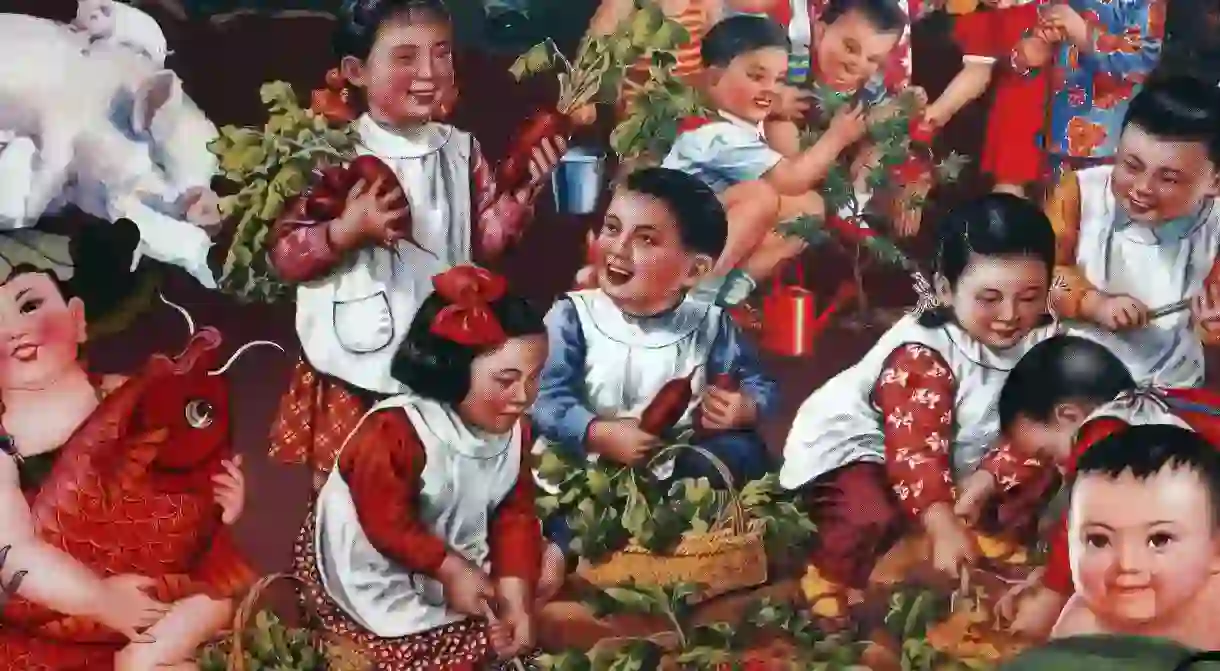What Was China's 'Great Leap Forward'?

A well-meaning campaign by the Communist government to industrialize China overnight turned into one of the greatest economic disasters the world had ever seen, with millions dying along the way. Here’s how it all happened.
When the Communist government took control of China in 1949, the country was still widely agrarian, meaning that Mao Zedong and his fellow leaders had to figure out how to apply Karl Marx’s communist model to an agricultural context.
Step one of this application was land seizure and redistribution.
Between 1949 and 1958, the seized land was gradually collectivized and communized. It is in 1958 that the Great Leap Forward began.

Mao’s goal through the Great Leap Forward was to overtake both the U.S. and U.K. economies within 15 years. To do so, he believed the country needed to do two things: boost industrial output and increase grain production.
The rural collectives were given grain quotas, from which a portion would be sent to the cities for trade with the Soviet Union. Not wanting to disappoint the Party, collectives would report higher grain output than the quotas dictated, giving Mao a skewed perspective of how successful the campaign really was. Quotas reached ever higher, leaving the people ever hungrier since there was not enough grain left for themselves.

Throughout this process, poor agricultural methods were applied to the communes, such as over-planting. Mao also introduced a “Four Pests Campaign” to rid the countryside of rats, flies, mosquitoes, and sparrows, all of which Mao saw as hindrances to agriculture. Of course, a severe ecological imbalance resulted, increasing the severity of the ongoing famine.
At the same time, the farmers’ attention was being taken away from the farms and placed onto industry. Mao knew that in order to overtake Western economies, he would have to rely on China’s sheer manpower over imported machinery. Thus, no factories were built. Instead, the same people who were supposed to be producing grain for export were told to build backyard furnaces and melt down all their metal to create steel. Pots, pans, and bicycles were all thrown into the fires, but the resulting steel was weak and ineffectual.

The Great Leap Forward was a massive disaster. Not only did the economy not move forward, but the four years during which the campaign lasted represented one of only two times between the years of 1953 and 1976 in which China’s economy shrank.
More tragically, the campaign resulted in the deaths of anywhere between 18 and 55 million people, the exact number is unclear since the Communist government remains mum to this day.
Mao himself was criticized within the party for his gross mismanagement of the campaign, spurring his paranoia against party factionalism and leading him to implement the equally disastrous Cultural Revolution later on.













